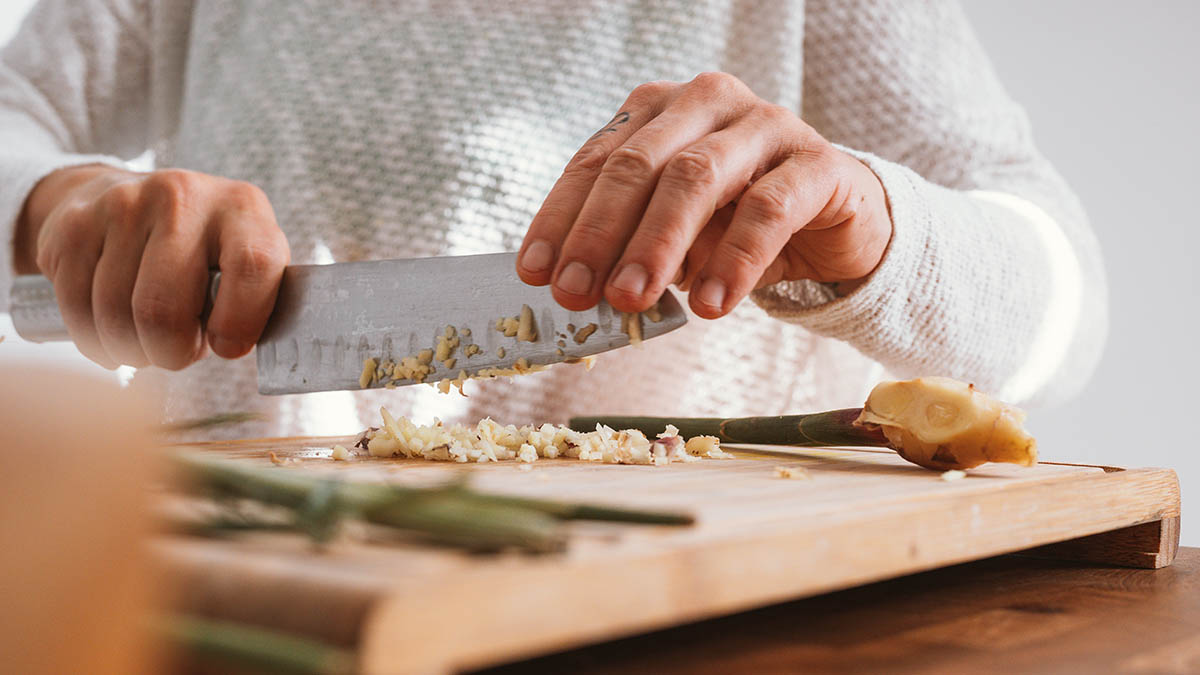Are you tired of seeing your cutting board lose its shine? Want to ensure its longevity while maintaining its utility? Understanding how to wax a cutting board correctly can enhance your kitchen experience significantly. In professional kitchens, cutting boards are essential tools, and keeping them in great condition can make a big difference in food preparation.
In this extensively detailed article, not only will we cover the specific steps to wax a cutting board, but we will also delve into tips for maintenance and care. So, lets get started on the journey to transform your cutting board into a resilient and beautiful kitchen accessory!

Why Waxing is Essential for Cutting Boards
Waxing a cutting board doesnt just make it look pretty; it serves essential functions. By following strict care routines, you'll prolong the lifespan of your cutting board, maintain hygiene, and reduce the chances of cross-contamination.
Here are some reasons why waxing is essential:
- Moisture Retention: Wax creates a barrier that prevents moisture from penetrating the wood.
- Enhanced Appearance: Wax brings out the natural beauty of the wood grain.
- Bacterial Protection: A waxed surface is easier to clean and less susceptible to microbial attachment.
Materials Needed
Before you embark on the process of waxing your cutting board, make sure you gather the right materials:
- Food-Safe Wax: A product like beeswax or a commercial food-safe wax.
- Mineral Oil: To condition the wood prior to waxing.
- Soft Cloths: For application and buffing.
- Sandpaper: For sanding down any rough spots.
- Clean Water: For cleaning the board.
Step-by-Step Process: How to Wax a Cutting Board
1. Prepare the Cutting Board
Begin with a clean cutting board. Use warm, soapy water to wash it thoroughly and rinse carefully. After this, dry the board completely using a clean towel.
2. Sand the Surface
If your cutting board has any rough spots or scratches, lightly sand these areas with fine-grit sandpaper. Always follow the grain of the wood for better results. After sanding, wipe the board with a damp cloth to remove dust particles.
3. Apply Mineral Oil
Before applying the wax, condition the cutting board with mineral oil. Pour a small amount onto the cloth and apply it evenly over the entire surface. Allow it to absorb for about 30 minutes before wiping off any excess. You can read more about this process in our guide on using mineral oil.
4. Waxing the Board
Now, take your food-safe wax and apply a thin layer over the surface of the cutting board using another soft cloth. Make sure you cover all areas, including the edges. Its advisable to apply more wax on heavily used sections.
5. Buffing the Surface
Once the wax is applied, wait for a few minutes to let it dry slightly. Buff the surface with a soft, dry cloth to bring out the shine.
6. Final Touches
After buffing, let your board sit for about an hour to allow the wax to set properly. Dont use it until youre sure the wax has fully cured.
Maintenance Tips for Your Cutting Board
Maintaining your newly waxed cutting board requires a routine to keep it in optimal condition:
- Regular Cleaning: Use warm, soapy water to clean your cutting board after each use.
- Reapply Wax Periodically: Depending on use, wax every month or as required.
- Avoid Soaking: Never soak your cutting board in water, as this can warp the wood.
- Store Properly: Store your cutting board in a dry place to prevent mold growth.
Common Mistakes to Avoid
Even professionals can make mistakes. Heres a list of common errors to avoid:
- Not cleaning the board properly before waxing.
- Using inappropriate waxes like those with harmful additives.
- Failing to let the mineral oil absorb before applying wax.
- Over-waxing the board, which can lead to a sticky surface.
FAQs About Waxing Cutting Boards
1. How often should I wax my cutting board?
You should wax your cutting board every month or as needed based on usage.
2. Can I use other wax products?
Only use food-safe waxes to ensure safety when preparing food.
3. Is waxing necessary for all cutting boards?
Waxing is particularly essential for wooden cutting boards to maintain their durability and hygiene.

Conclusion
Waxing your cutting board is a simple yet effective way to prolong its life and maintain its beauty. With the right materials and steps, you can ensure that your essential kitchen tools are clean, safe, and ready for action. If you are keen on improving your overall cutting board care, review additional tips from our other articles like how to care for a teak board and how to refinish a board to gain more insight.
Maintaining cutting boards can significantly enhance food safety in your kitchen. For further guidance, refer to this helpful article on cutting board safety.
As an Amazon Associate, I earn from qualifying purchases.


























